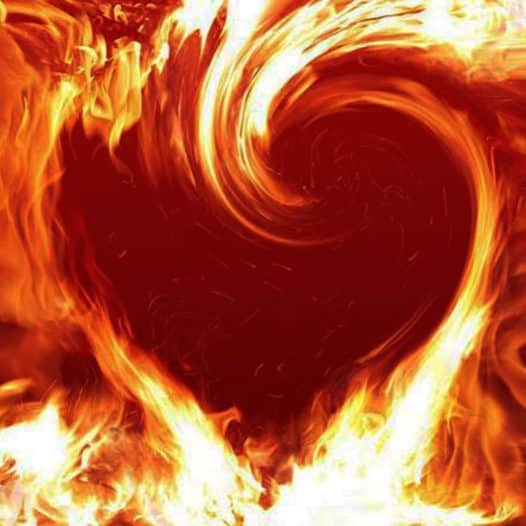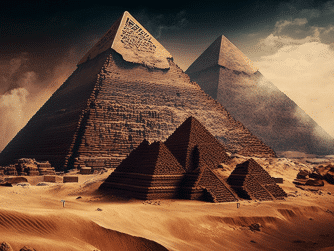The Book of Hebrews outlines our correct attitude toward Almighty God. “Therefore, since we are receiving a kingdom that cannot be moved, let us be gracious, by which we may serve God acceptably with reverence and godly fear. For our God is a consuming fire” (Heb 12:28-29). Our attitude should be one of reverential fear and respect. This is sadly lacking in our society today. Then again, it’s been that way since day one. There is a goodness and severity to God (Rom 11:22), yet many focus only on His goodness. Jesus warned we are to ‘fear God’ who has the power to cast us into Hell fire (Lk 12:5).
The writer of Hebrews also reminds us, “It is a fearful thing to fall into the hands of the living God” (Heb 10:31). In truth, we mortals, cannot fully comprehend the majesty and holiness of Almighty God. The prophet Isaiah wilted in God’s presence (Isa 6:5-9), and Moses was warned of certain death, if he looked upon God’s face (Ex 33:20). Fire is no doubt one of the similitude’s of God, but later, God in His mercy would pivot to the still small voice, as His primary means of communication (1st Kgs 19:12).
Those who have met Jesus, face to face, during out of body experiences, claim they felt an awe-inspiring and indescribable, presence of love. Yet, this same love had the capability of tearing them apart, in an instant. Our God is powerful, He is loving and chooses to demonstrate His power with careful discretion. We disrespect Him at our peril.
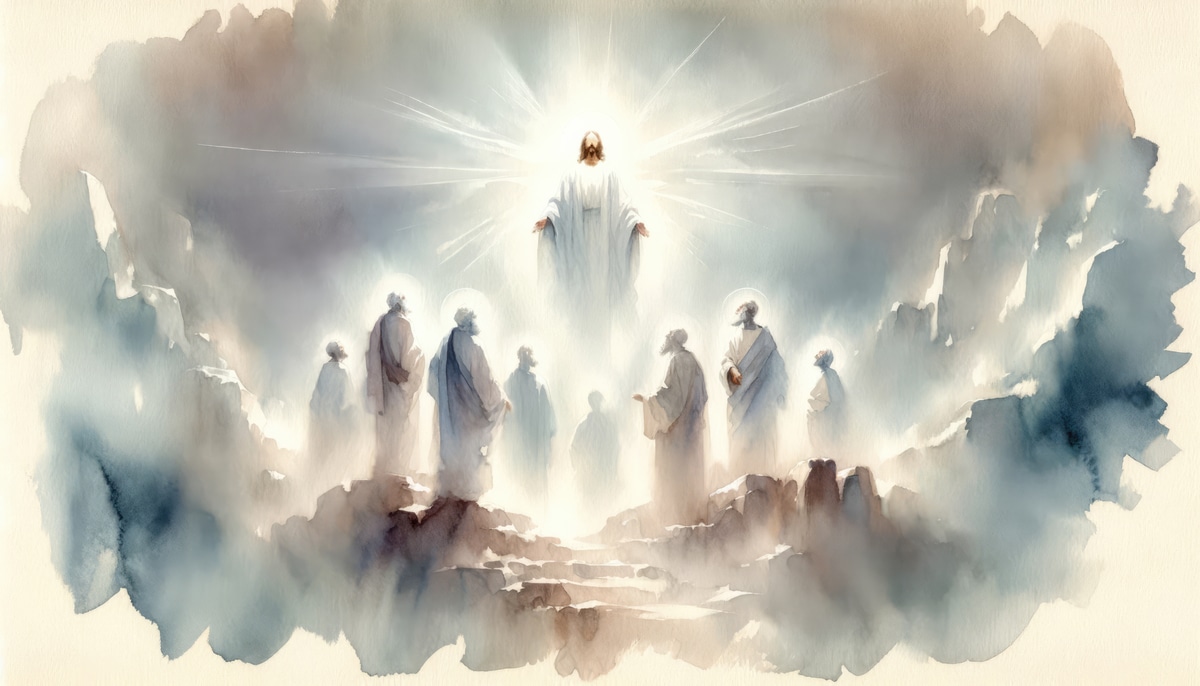
The consuming fire in scripture
God is first mentioned as a ‘consuming fire’ in the Book of Second law (Deuteronomy 4:24; 9:3). The alchemists of antiquity, retained the notion of fire as ‘the agent of transmutation,’ since all things derive and return to fire by nuclear reaction. In many ways they were right, as scripture attests that our God is not only a ‘consuming fire,’ but ‘answers by fire’ (1st Kgs 18:24), seated in a ‘throne of fire’ (Eze 1:27). Fire is evidently the favored element of God’s heavenly abode. He also manifested Himself in fiery form, on many occasions.
Fire is an instrument of ceremonial purification (Num 31:22-23) and smoke from fires, is likened to the sweet incense of our prayers (Phil 4:18, Rev 8:4). According to Leviticus 6:8–13, the fire on the altar of burnt offering, should be perpetual. It was the priest’s job to make sure it never went out and symbolic of God’s continual presence in our midst.
Likewise, we are commended to pray without ceasing (1st Thess 5:17), making sure the sweet incense of our prayers is a perpetual scent in God’s nostrils. We now serve as priests before God, offering up the continual sacrifice of praise, prayer and thanksgiving (Heb 13:15). This is why we were born.
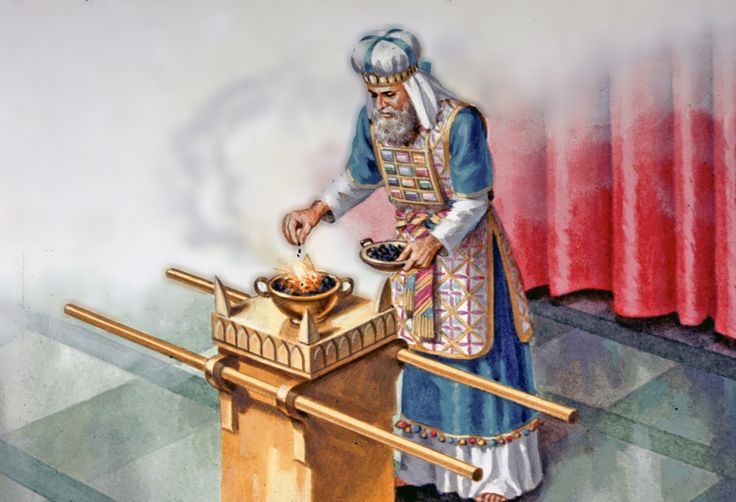
God’s association with fire in the Bible, is appropriate for many reasons. Just as all physical life depends on fire, in the form of the sun (Rev 16:8), so does all spiritual life depend on God. Just as fire both purifies and destroys, so does God purify the righteous and destroy the wicked. Just as fire lights the darkness, so does God overcome evil. Just as fire constantly flickers and changes shape, so does God remain elusive to our grasp, in His various forms.
In terms of land management, fire is utilized as a tool to clean unwanted vegetation, change the balance of plants and grasses for livestock, mitigate erosion and provide necessary germination. Fire has certainly been indispensable to man for centuries, just as God is indispensable to man’s existence. No one can say they have full control of fire, just as no man can claim they have any measure of control over God.

A short history of Fire
Fire is unique, because it is the only element which can be produced by man. According to Ecclesiastes 39:26, fire is one of the ten necessities in service to humanity, along with, water, iron, salt, flour, milk, honey, wine, oil and clothing. Fire is used in the process of manufacturing (Gen 11:3), the refining of metals (Is 1:25; Mal 3:2-3) and the burning of refuse (Lev 8:17).
Fire will burn up dross to refine metal (Mal 3:2); it will burn like an oven (Mal 4:1); it will burn up unfruitful trees (Mt 3:10), unfruitful branches (Jn 15:6), tares (Mt 13:40) and chaff (Mt 3:12). It will even burn up flesh (Jas 5:3). But perhaps fire is best known for usage in the destruction of cities, during war time.

The terminology ‘burned to the ground’ is often used during wartime (Josh 6:24; 8:8; 11:11; Judg 1:8; 1 Kings 9:16; Mt 22:7, Num 21:28; Is 10:16; Zech 12:6). God promises David that He will burn up his enemies round about, as a fire goes before His presence (Ps 97:3). Consequently, fire is symbolic of the wrath of war, or war itself.
Unlike Greek mythology, the Bible makes no mention of the origin of fire. It is one of the base elements and a gift to man. Abel’s sacrifice of his flock was accepted because it was a ‘burnt’ offering. When Abel brought the ‘fat of his firstlings,’ fire was alluded to (Gen 4:4). This set a precedent that holy fire accepted the offering. In sharp contrast, the sacrifice of children by pagans was demonstrable of ‘unholy fire’ or ‘strange fire,’ something God detests (Lev 18:21; Deut 18:10; 2 Kings 16:3; 17:17; 21:6; 23:10; Jer 7:31; 32:35).
In fact, this abominable sacrificial worship of the false gods, Molech, Baal and Asherah, was the primary reason, for Israel’s, judgment, destruction, and diaspora.
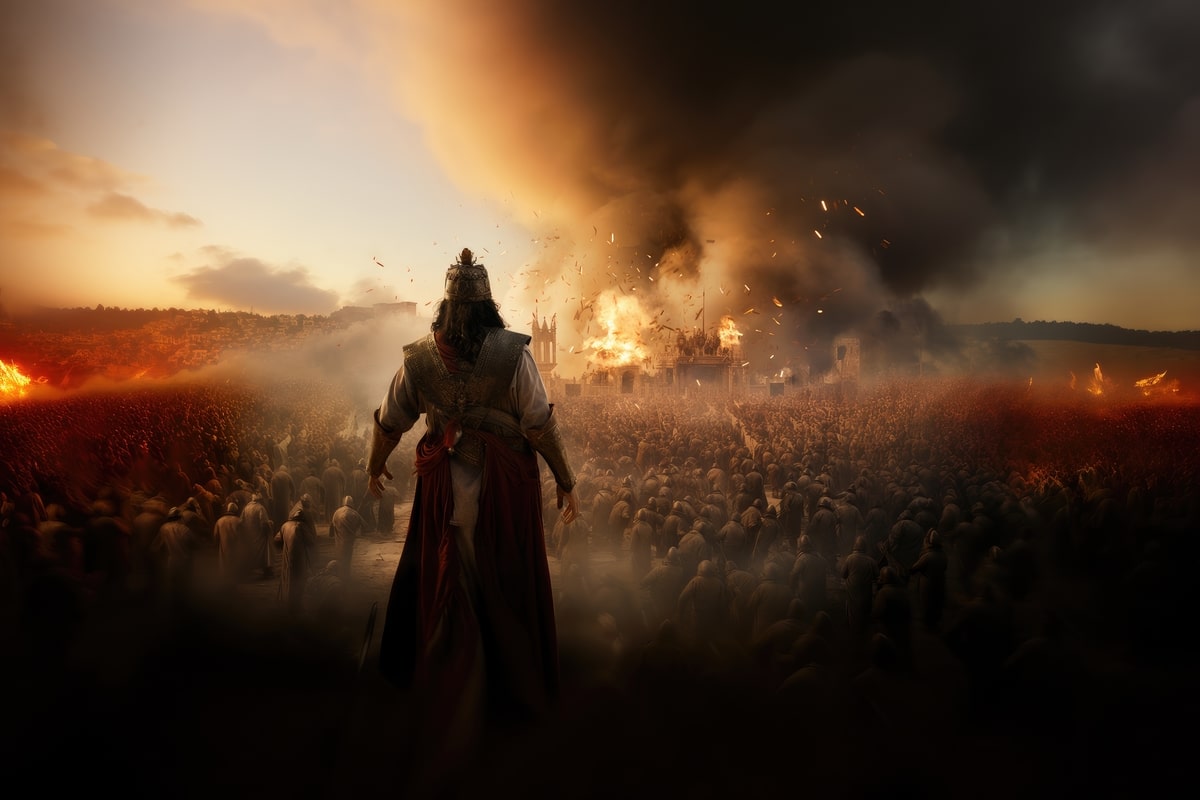
Fiery judgment– Law of First Mention
The first mention of fire in the bible, comes in the form of judgment. Genesis 19:24–25 says, “Then the Lord rained upon Sodom and upon Gomorrah brimstone and fire from the Lord out of heaven; And he overthrew those cities, and all the plain, and all the inhabitants of the cities, and that which grew upon the ground.” The first mention of any topic in scripture, sets a precedent.
Therefore, fire will forever be associated with judgment, by the law of first mention, in the Book of Genesis. Fire is mentioned 548 times in Holy Scripture, and a hallmark of God’s judgment. What starts with ‘fire from heaven’ as temporary judgment at various times, ends with the ‘Lake of Fire,’ a place of eternal judgment, for all who reject God. However, as we shall soon see, fire is also associated with sacrifice.
Six instances of God calling fire down (judgment)
- Fire fell from heaven and destroyed Job’s flock (Job 1:16). This is Satanic in origin.
- Fire in the form of burning sulfur rained from the heavens and destroyed Sodom and Gomorrah (Gen 19:24; Luk 17:29), but not before God had warned the righteous to ‘get out of Dodge’ before judgment came. This is His modus operandi.
- In a feisty (but not unusual) display from Elijah, God sent fire from heaven to judge two regiments of soldiers, sent by the wicked king Ahaziah, comprising of one hundred men (2 Kgs 1:10, 12).
- Nadah and Abihu, the two oldest sons of Aaron, conducted an improper ritual, and were consumed by fire (Lev 10:1–2). In the books of Exodus and Leviticus, God outlined the correct sacrificial protocol, culminating with fire consuming the sacrifice. Because of their disobedience, the fire consumed them instead. God pays particular attention to the attitude of our hearts in carrying out our duties for Him.
- Following yet another murmuring and complaining session, God sent fire down from heaven to consume the culprits in the uttermost parts of the Israeli camp (Numbers 11:1). Would you like more ‘whine’ with that cheese sir?
- Finally Gog and Magog will be consumed by fire at the end of the tribulation period, as part of the Armageddon conflict (Rev 20:9; Ezek 38:22; 39:6). This is the case for all of God’s enemies.
Many yearn for a return of this type of open display, of God’s judgment. They won’t have to wait long, as the tribulation is nearly upon us. Grace is nearly spent and for seven short years, the Old Testament will return once again, and Elijah along with it.
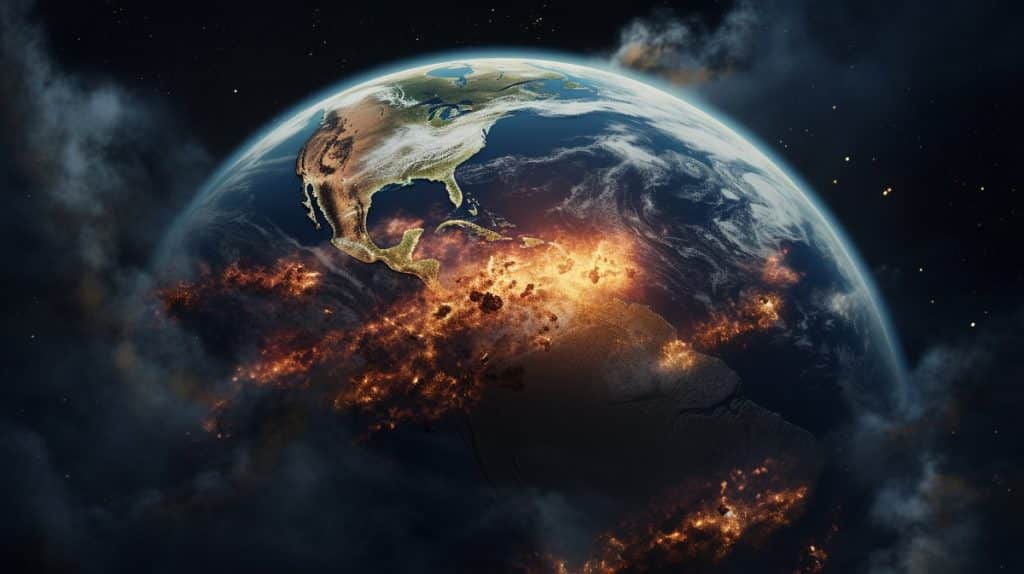
Three instances of God sending fire to consume
- Fire consumed David’s sacrifice on the threshing floor of Araunah the Jebusite.
(1 Chronicles 21:26) - Fire consumed Solomon’s sacrifice at the temple, in sight of the people of Israel.
(2 Chronicles 7:1) - Fire consumed Elijah’s sacrifice on Mount Carmel, after he prayed.
(1 Kings 18:38)
The consuming fire was demonstrative of a merciful God. For David, it confirmed God’s forgiveness, of his transgression for conducting a census (which Satan baited him to carry out). It was also evidencing the Lord was pleased with the location of His future temple.
Regarding Solomon’s sacrifice, it was distinctive, as God was consecrating the temple location, as the place where His name would dwell forever (2 Chron 7:16). In the case of Elijah, God used fire to shame the prophets of Baal and claim His rightful title, as the living God of Israel. Other instances of fire consuming sacrifice include; Leviticus 9:24 and Judges 6:21.
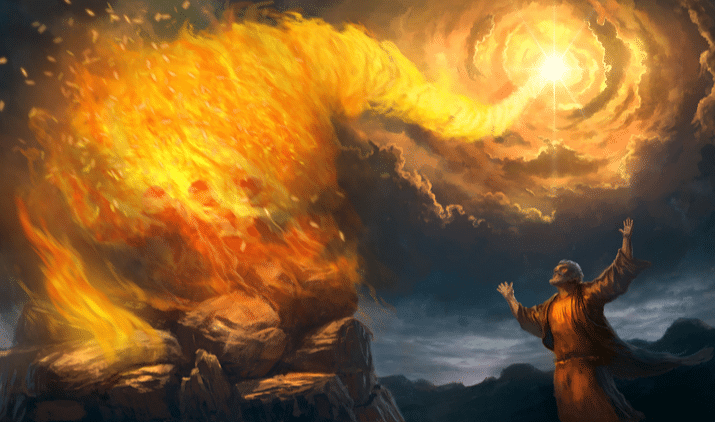
God sent fire to judge and consume in the OT. Later He sent fire in the hearts of New Testament believers in the form of cloven tongues.
The disciples James and John, were keen admirers of Elijah’s methods, and ushered Jesus to call fire down from heaven, in like manner (Mk 3:17). Jesus called them the sons of thunder, because of this. Justice in Old Testament times, was swift, devastating, and final. Indeed, our time of Grace is coming to an end and Old Testament times are about to return once more, following the rapture of the Church. Elijah’s trademark ‘calling fire down,’ will soon make a reappearance, in the tribulation period.
Mount Sinai and God’s Throne– Fire, Thunder and Lightning
The presence of fire from God is sometimes associated with thunder and lightning. The greatest demonstration of this was Mt Sinai. The modern-day biblical explorers Ron Wyatt and Robert Cornuke testified of charred rock atop Mt Sinai, due to the incessant heat of God’s earthly visitation. The Saudi Arabian government later restricted access to the same mountain, in the early 2000’s.
During the exodus God makes a pillar of fire to lead His people in the wilderness. The pillar is the outward sign of God’s guiding presence (Ex 12:21; Num 14:14); the same presence covers the tabernacle (Num 9:15–16). God’s guiding presence now stems from the fire within, namely His indwelling Holy Spirit, typified by His still small voice.
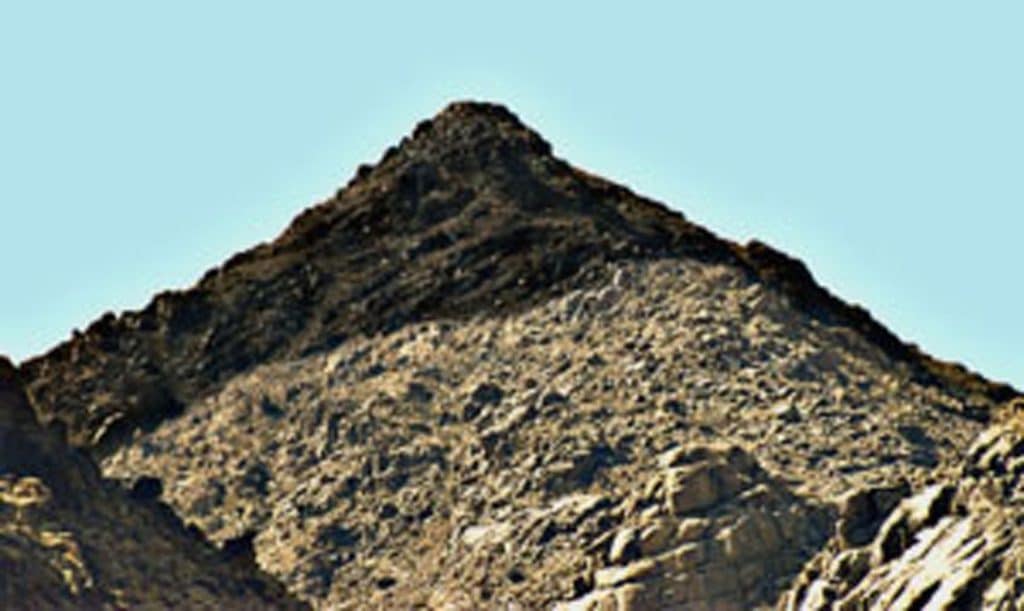
In Revelation 4:5 lightning flashes from God’s throne. Ezekiel was one of the few who saw God’s throne and describes it this way, “And I saw as the color of amber, as the appearance of fire round about within it, from the appearance of his loins even upward, and from the appearance of his loins even downward, I saw as it were the appearance of fire, and it had brightness round about” (Ezek 1:27). His throne is described as ‘fiery flames of burning fire’ (Dan 7:9) and from before God issues a ‘stream of fire’ (Dan 7:10). Psalm 18:8 says, smoke comes from God’s nostrils, devouring fire from His mouth (2 Sam 22:9); and Isaiah 30:33 likens the Lord’s breath to a stream of brimstone.
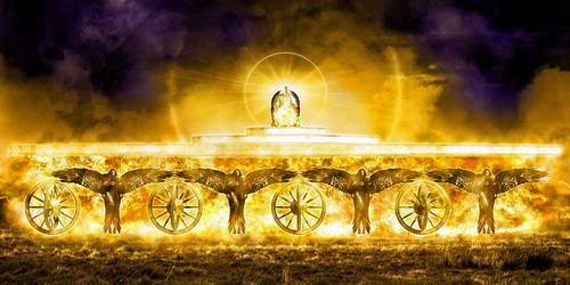
If God takes on the form of fire, then His creation also takes on His fiery form, especially angels. His angelic servants are ‘flames of fire’ (Heb 1:7, Ps 104:4; and Lk 10:18). The cherubim are denoted as ‘fire and coals of fire’ (Ezek 10:2, 6–7). Before God’s throne is a ‘sea of glass mingled with fire’ (Rev 15:2; 1 Kings 7:23; 2 Chron 4:2). The ‘seven spirits of God’ are ‘torches of fire’ (Rev 4:5). Heavenly chariots are made of fire (2 Kings 2:11; 6:17). Even the eyes of the glorified Jesus and other heavenly creatures are like flames of fire (Dan 10:6; Rev 1:14; 2:18).
The Burning (yet not consuming) Bush
When Moses caught a glimpse of the burning bush, it was one of the rare occurrences of the pre-incarnate Christ, appearing as an angel of fire, “And the angel of the Lord appeared unto him in a flame of fire out of the midst of a bush: and he looked, and, behold, the bush burned with fire, and the bush was not consumed” (Ex 3:2). Jesus later instructed Moses to take off his sandals, as he stood on holy ground. The association of fire with holiness is replete in scripture. Fire and holiness go hand in hand because fire is linked to God’s throne.
Natural explanations for the burning bush have been plentiful, from bushes that exude flammable gas to those covered with brightly colored leaves or berries. But this was a miracle, nonetheless. In the late Egyptian Horus texts at the temple of Edfu the sky god is envisioned as a flame manifest in a particular type of bush. Evidently, Jehovah God was mocking the false gods of Egypt, even from the commission of Moses.
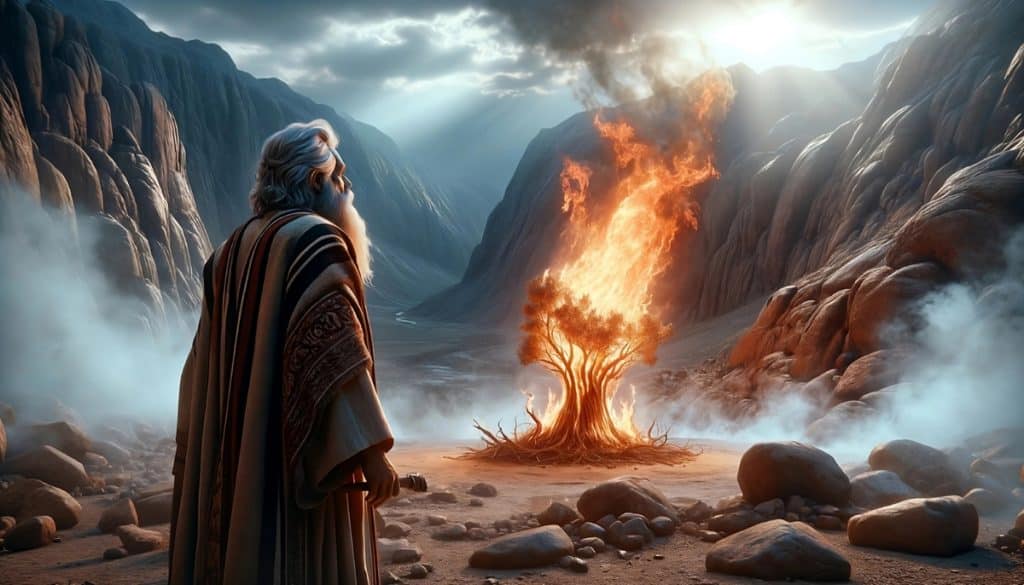
Jehovah God continued to mock every false Egyptian god, with each of the ten plagues: Water Turned to Blood (Hapi), Frogs Coming From the Nile (Heket), Lice From the Earth’s Dust (Geb), Swarms of Flies (Khepri), Death of Cattle and Livestock (Hathor), Ashes Turned to Boils and Sores (Isis), Hail in the Form of Fire (Nut), Locus Sent From the Sky (Seth), Three Days of Complete Darkness (Ra), Death of the Firstborn (Pharaoh).
Some portend the burning bush is symbolic of the nation of Israel: they are God’s light in the world, persecuted but not consumed. But the burning bush was also a picture of what God had planned for Moses: he was the weak bush but God was the empowering fire (19:18; 24:17; Deut. 4:24; Jud. 13:20; Heb. 12:29). God can take an insignificant bush, ignite it, and turn it into a miracle; and that’s precisely what He wanted to do with Moses. With God’s help, Moses could accomplish anything, and so can you!
False, Fiery Signs and Wonders
In the end-times tribulation, the false prophet will cause fire to come down from heaven as a means of deceiving people into worshiping the Antichrist (Rev 13:13). This may involve space invaders, or who knows what, leading to ‘the great delusion.’ And, at the end of the millennium, God promises that He will destroy the armies Gog and Magog with fire from heaven (Rev 20:9). In addition, the two witnesses (likely Moses and Elijah), will also have power to call fire down from heaven against God’s enemies (Rev 11:5). The Book of Revelation is filled with fire-falling from heaven (8:7, 8; 13:13; 16:8), to punish the wicked (14:10; 17:16; 18:8).
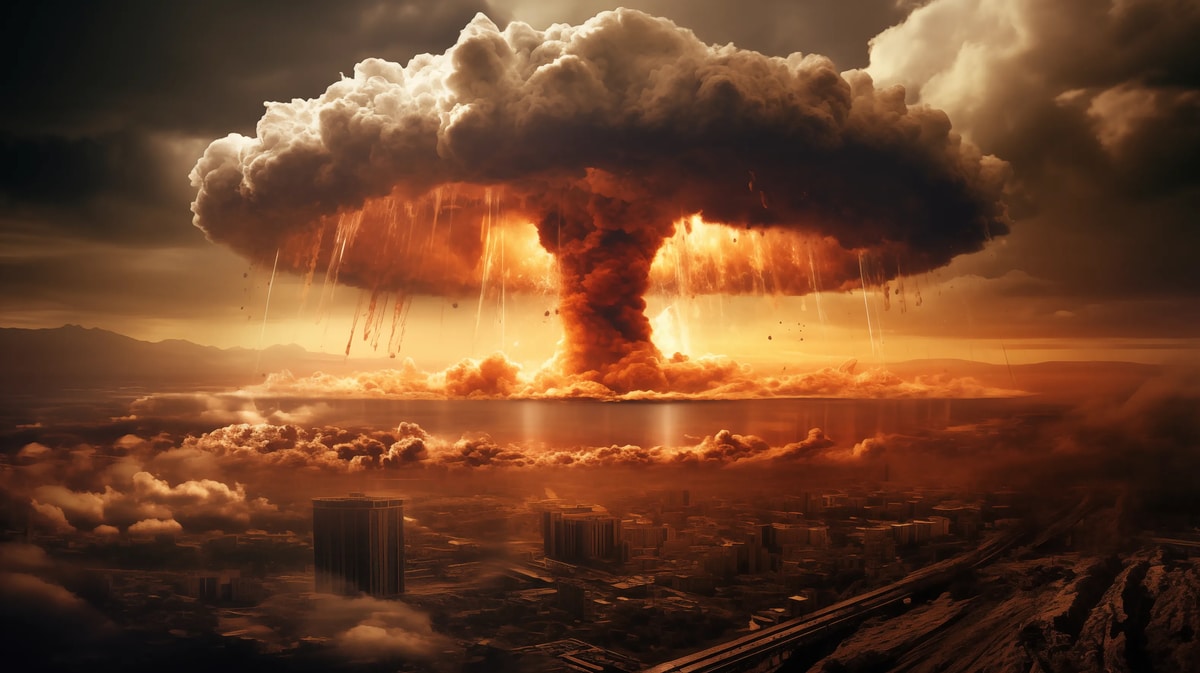
Fiery Metaphors
- The tongue is a fire insofar as it is a small thing that can have large and destructive consequences (Jas 3:5–6; cf. Prov 16:27).
- God’s word is described as fire, having great destructive power (Jer 5:14; 23:39).
- To melt as wax before fire, is to suffer swift and total eradication (Ps 68:2; 97:5).
- Being tested by God is likened to being purified by fire (Is 43:2; Jer 6:29; 1 Pet 4:12).
- Jealousy is a heinous sin, and is like fire in that it devours (Deut 4:24).
- Sexual lust burns as fire and is difficult to quench (Prov 6:27; Hos 7:6–7; 1 Cor 7:9).
- Elsewhere God’s anger is described as fire (Hos 8:5; Eccles 8:10–11).
- To be plucked like a brand out of the fire is to be rescued from great danger (Am 4:11; Zech 3:2).
The Fire beneath our nose
The bible describes our tongue as a fire, “And the tongue is a fire, a world of iniquity: so is the tongue among our members, that it defiles the whole body, and sets on fire the course of nature; and it is set on fire of hell” (Jam 3:6). Arnold Fruchtenbaum puts it this way:
“Just as an uncontrolled fire is destructive, an uncontrolled tongue is equally destructive. It is: the world of iniquity among our members. The tongue is unique, for no other part of the body has the range of possibilities of causing evil. As a result, the tongue defiles the whole body. The word defile refers to a moral stain. The nature and function of the uncontrolled tongue pollutes man’s whole personality. The phrase course of nature refers to the course of human existence. This wheel is set in motion at birth and continues throughout the whole of life.”
Arnold Fruchtenbaum

How many wars have been started by the waggling of the tongue? Is it not the case today? The fires of hell are ignited on earth, by the tongue. The Bible says words can be ‘fiery darts’ (Eph 6:16), and the tongue is the bow from which they are launched. But is there a solution to this fiery predicament?
Tongues of Fire: God’s speech directed through us
The Holy Bible says ‘no man can tame the tongue’ (Jam 3:8), albeit a man under God’s influence can. When Christ ascended, He admonished His disciples to gather in Jerusalem, fifty days later. This was the outpouring of God’s Spirit to the nations in ‘tongues of fire.’ “And suddenly there came a sound from heaven as of a rushing mighty wind, and it filled all the house where they were sitting. And there appeared unto them cloven tongues like as of fire, and it sat upon each of them. And they were all filled with the Holy Ghost, and began to speak with other tongues, as the Spirit gave them utterance” (Acts 2:2-4).
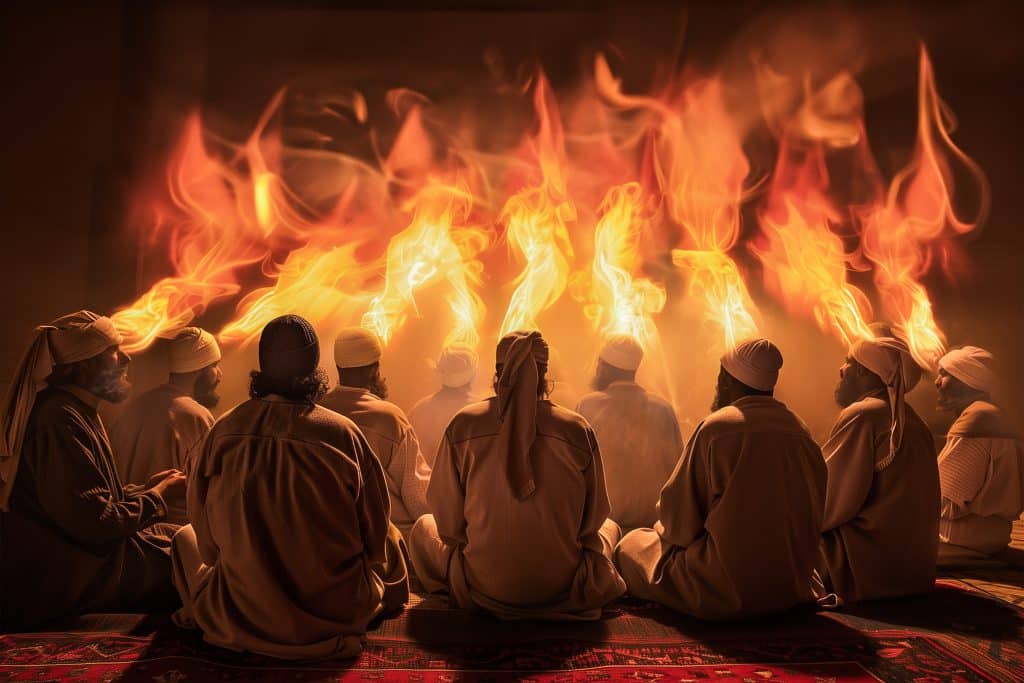
In essence, God’s outpouring into the hearts of those present in the upper room, was a means to alter man’s speech forever, enabling him to speak ‘mysteries’ to God directly (1st Cor 14:2). The tongue could now be swayed for God, as He gave them utterance. Those who are baptized with God’s Holy Spirit, now speak in a heavenly language, for the purpose of edification (1 Cor 14:4) and building up one’s faith (Jud 1:20). God deposits a measure of His fire within those who are willing and receptive.
‘Tongues of fire’ are mysterious no doubt and often rejected by mainstream Christianity. Yet Christ was baptized with the Holy Spirit and ‘fire’ (Luk 3:16), as an example for us all. Tongues only fall on those who choose to be set on fire for God. The frozen chosen, no longer need to be frozen. God has dowsed us in His fuel, we just need to strike the match.
The Fire which burns beneath
The association of fire with wrath and the fact God sometimes destroys the wicked by raining fire, make it natural that eschatological judgment be depicted as fire. Hell is real and so is the unquenchable fire. The fire which burns in hell was created by God, yet man goes there as an intruder. Jesus said hell was designed for the devil and his angels, not man (Mat 25:41).
It is my sincere desire that you only ever see the fire of God’s glory; not judgment.
Click here to find out more about Hell and why you must cancel your appointment immediately!
Author: Carl G. M. Joseph
Have you believed on the Lord Jesus Christ? If not, click here to find out more…
Bibliography:
Leland Ryken et al., Dictionary of Biblical Imagery (Downers Grove, IL: InterVarsity Press, 2000), 286–289.
https://rangelandsgateway.org/topics/rangeland-ecology/fire-tool-land-management
Arnold G. Fruchtenbaum, The Messianic Bible Study Collection, vol. 128 (Tustin, CA: Ariel Ministries, 1983), 27.
J. E. Cirlot, A Dictionary of Symbols (Dover Book Publications, New York, NY 1971), 105.
Warren W. Wiersbe, Be Delivered, “Be” Commentary Series (Colorado Springs, CO: Chariot Victor Pub., 1998), 17.
Victor Harold Matthews, Mark W. Chavalas, and John H. Walton, The IVP Bible Background Commentary: Old Testament, electronic ed. (Downers Grove, IL: InterVarsity Press, 2000), Ex 3:2–4.
Related keyword searches:


